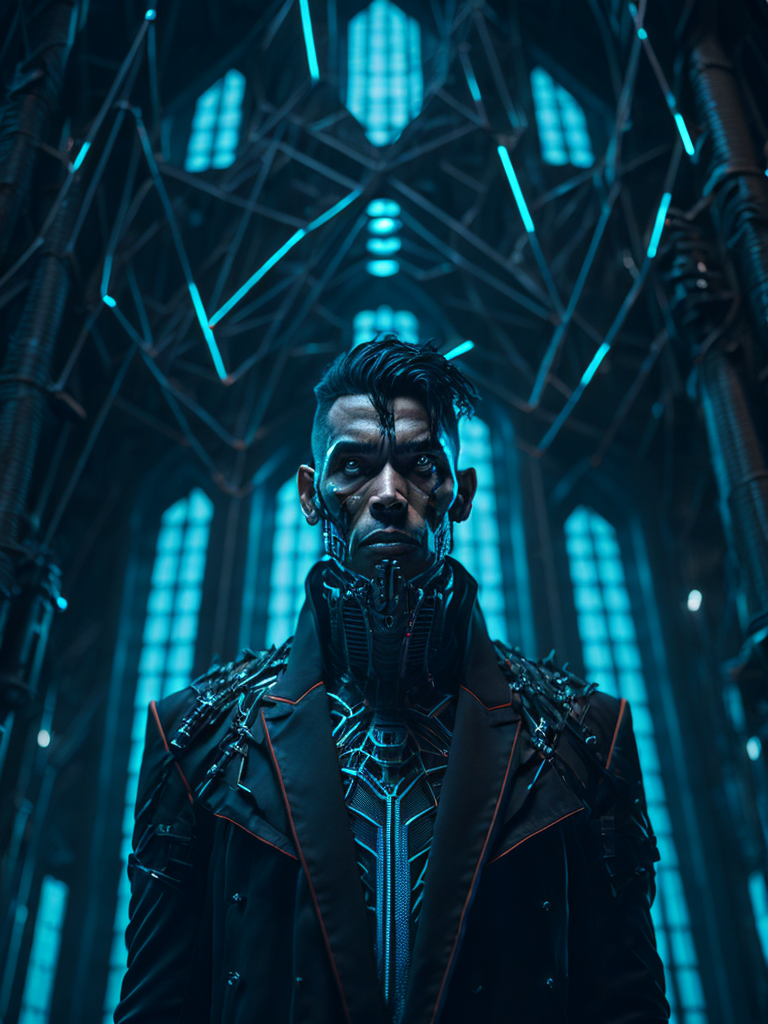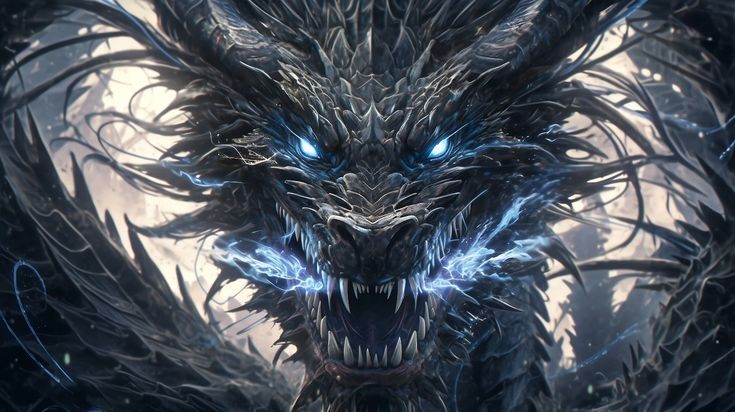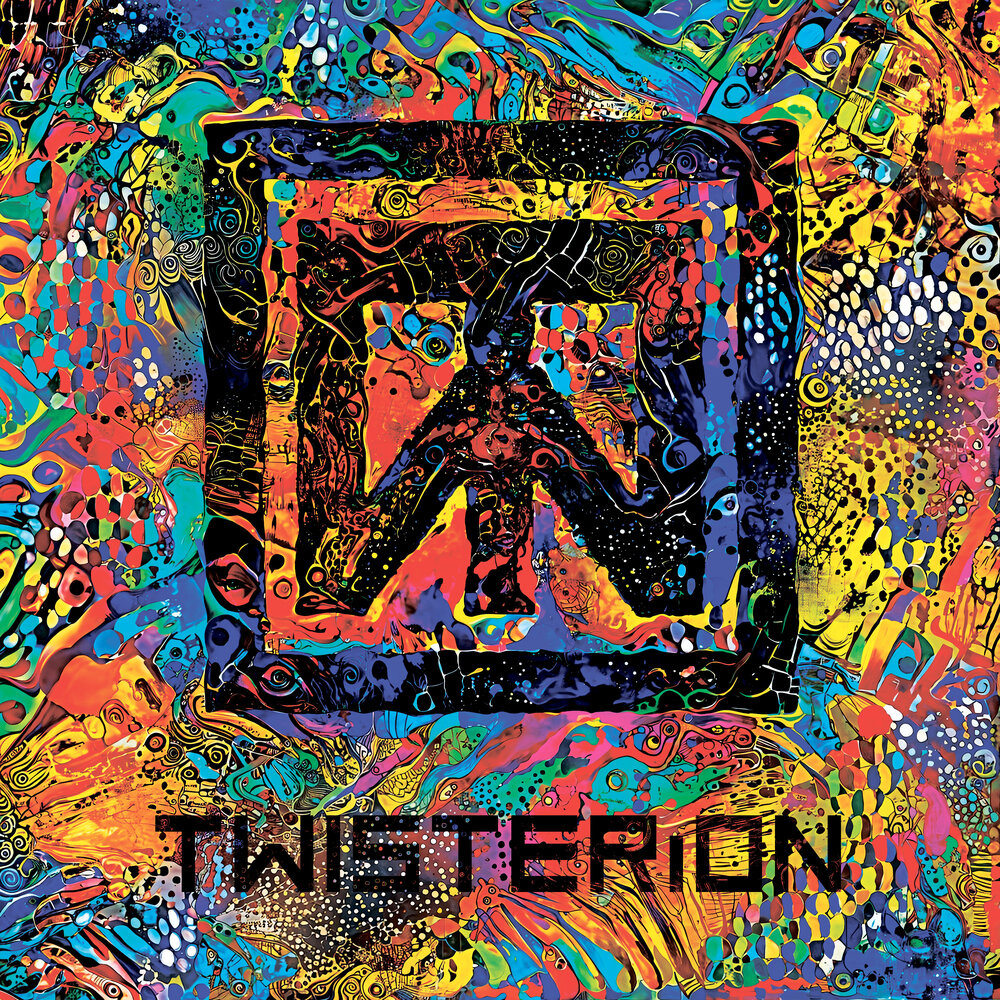Exploring the Depths of Dark Music Genres
Music has always been a reflection of the human experience, capturing emotions from the brightest joys to the deepest sorrows. Among the myriad genres, dark music stands out for its ability to delve into the more shadowy aspects of existence. This article explores four significant sub-genres within the dark music spectrum: Dark Trap, Dark Tempo, Doom, and Dark Beat. Each brings its unique flavor and atmosphere, offering listeners a journey through the darker facets of sound.
Dark Trap: The Shadowy Side of Hip-Hop
Dark Trap emerged as a sub-genre of Trap music, characterized by its ominous beats, haunting melodies, and introspective lyrics. Originating in the early 2010s, Dark Trap takes the aggressive, hard-hitting elements of traditional Trap music and infuses them with eerie soundscapes and themes of inner turmoil, despair, and societal struggles.
Producers like $uicideboy$ and Night Lovell have become prominent figures in this genre, crafting tracks that evoke a sense of unease and introspection. The use of minor keys, heavy basslines, and sparse, haunting melodies creates a sound that feels both menacing and melancholic. Dark Trap often explores themes of depression, addiction, and existential angst, making it a powerful outlet for expressing the darker sides of human emotion.
Dark Tempo: Slowing Down to Darkness
Dark Tempo, or Dark Ambient, is a genre that emphasizes atmosphere and mood over traditional musical structure. It’s a genre that thrives on creating immersive, often unsettling soundscapes. Emerging from the broader ambient music scene, Dark Tempo artists focus on slow tempos, deep drones, and minimalistic compositions that evoke a sense of dread and isolation.
Artists like Lustmord and Dark Sanctuary are pioneers of this genre, using sound to create aural environments that feel like the soundtrack to a dystopian nightmare. Dark Tempo is often used in horror films and video games to enhance the atmosphere, making it a crucial component in the creation of immersive, eerie experiences.
Doom: The Sound of Despair
Doom Metal, often simply referred to as Doom, is a sub-genre of heavy metal that is characterized by its slow tempos, low-tuned guitars, and a thick, heavy sound. The genre takes its name from the sense of impending doom that its music evokes. Doom Metal lyrics often explore themes of despair, death, and the occult, delivered in a style that can range from melodic to guttural.
Bands like Black Sabbath, who are often credited with pioneering the genre, and more contemporary acts like Electric Wizard and Pallbearer, have defined the sound of Doom. The music is typically slow and deliberate, with a focus on creating a crushing, oppressive atmosphere. Doom Metal’s emphasis on heaviness and melancholy makes it a cathartic experience for both the musicians and the listeners, offering a powerful way to confront and process dark emotions.
Dark Beat: Dancing with Shadows
Dark Beat, also known as Dark Electro or Darkwave, combines elements of electronic dance music with gothic and industrial influences. This genre is characterized by its dark, brooding beats, synthesizer-driven melodies, and lyrics that often explore themes of existential dread and romantic decay.
Artists like Front 242 and Clan of Xymox have been instrumental in shaping the sound of Dark Beat. The genre often features pulsating rhythms and cold, mechanical sounds, creating a danceable yet somber atmosphere. Dark Beat is popular in goth and industrial clubs, providing a soundtrack for those who want to dance while embracing the darkness.
The Allure of Dark Music
What draws listeners to these dark genres? For many, it’s the cathartic release that comes from confronting the more shadowy aspects of life through music. Dark music allows listeners to explore and process complex emotions in a safe and controlled environment. It offers a sense of solidarity, a reminder that they are not alone in their struggles and that others have found a way to express similar feelings through art.
Moreover, the aesthetic appeal of dark music cannot be overstated. The intricate soundscapes, the blending of genres, and the overall atmosphere create a rich and immersive listening experience. Whether it’s the eerie beats of Dark Trap, the haunting drones of Dark Tempo, the heavy riffs of Doom, or the pulsating rhythms of Dark Beat, each genre offers a unique way to explore and appreciate the darker side of music.
Conclusion
Dark Trap, Dark Tempo, Doom, and Dark Beat each provide a unique lens through which to view the world of dark music. They offer listeners a chance to explore the depths of human emotion, from despair and isolation to existential dread and beyond. As these genres continue to evolve, they remain a testament to the power of music to capture the full spectrum of the human experience, including its darkest corners.




